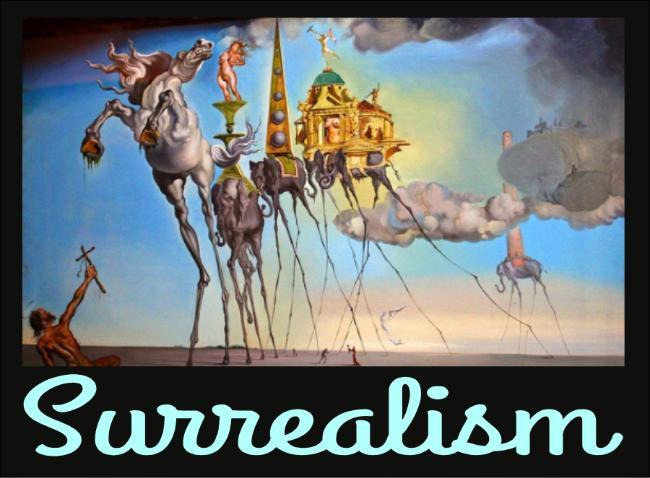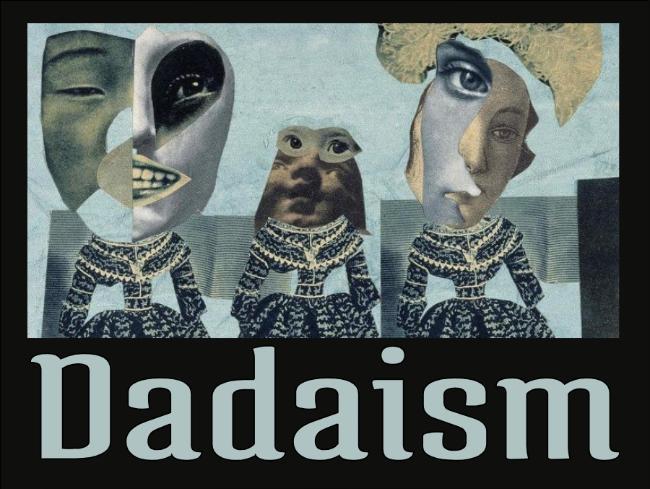Art Movements - Abstract Expressionism
Publish in Art Movements el 17/06/2023 02:56

Abstract Expressionism was a significant art movement that emerged in the mid-20th century, primarily in the United States. It is known for its emphasis on abstract forms and the expression of intense emotions and personal experiences through art. The movement marked a departure from traditional representational art and paved the way for a new era of artistic experimentation.
Abstract Expressionism is characterized by its non-representational and gestural approach to painting. Artists associated with this movement aimed to convey their innermost feelings and experiences through bold brushstrokes, dynamic compositions, and a sense of spontaneity. They sought to create artworks that captured the essence of their emotional states rather than depicting recognizable subjects.
One of the key branches within Abstract Expressionism is known as Action Painting. This style emphasized the physical act of painting, focusing on the process itself rather than the final outcome. Artists such as Jackson Pollock became renowned for their "drip" technique, where they would pour or drip paint onto the canvas, allowing it to flow and splatter in a seemingly uncontrolled manner. This technique aimed to capture the energy and vitality of the artist's gestures.
Another branch of Abstract Expressionism is known as Color Field Painting. Artists associated with this style, such as Mark Rothko and Barnett Newman, focused on large areas of flat color, often with soft edges. The aim was to evoke emotional responses in the viewer through the careful arrangement of color and form, creating contemplative and immersive experiences.
Abstract Expressionism had a significant impact on the art world and became a defining movement of post-war American art. It represented a break from the constraints of figurative representation and traditional techniques, emphasizing individual expression and experimentation. The movement influenced subsequent art movements such as Minimalism and Neo-Expressionism.
The artists associated with Abstract Expressionism, including Pollock, Rothko, Willem de Kooning, and Franz Kline, among others, brought a sense of energy, emotion, and innovation to the art world. Their works continue to captivate viewers and inspire contemporary artists to this day.
In conclusion, Abstract Expressionism was a groundbreaking art movement that emphasized personal expression, emotional intensity, and the freedom of artistic experimentation. It represented a departure from traditional art forms, embracing abstraction and gestural techniques to convey powerful emotions and experiences. The movement's legacy remains influential, as it continues to inspire and challenge artists in their exploration of the human condition and the possibilities of artistic expression.





